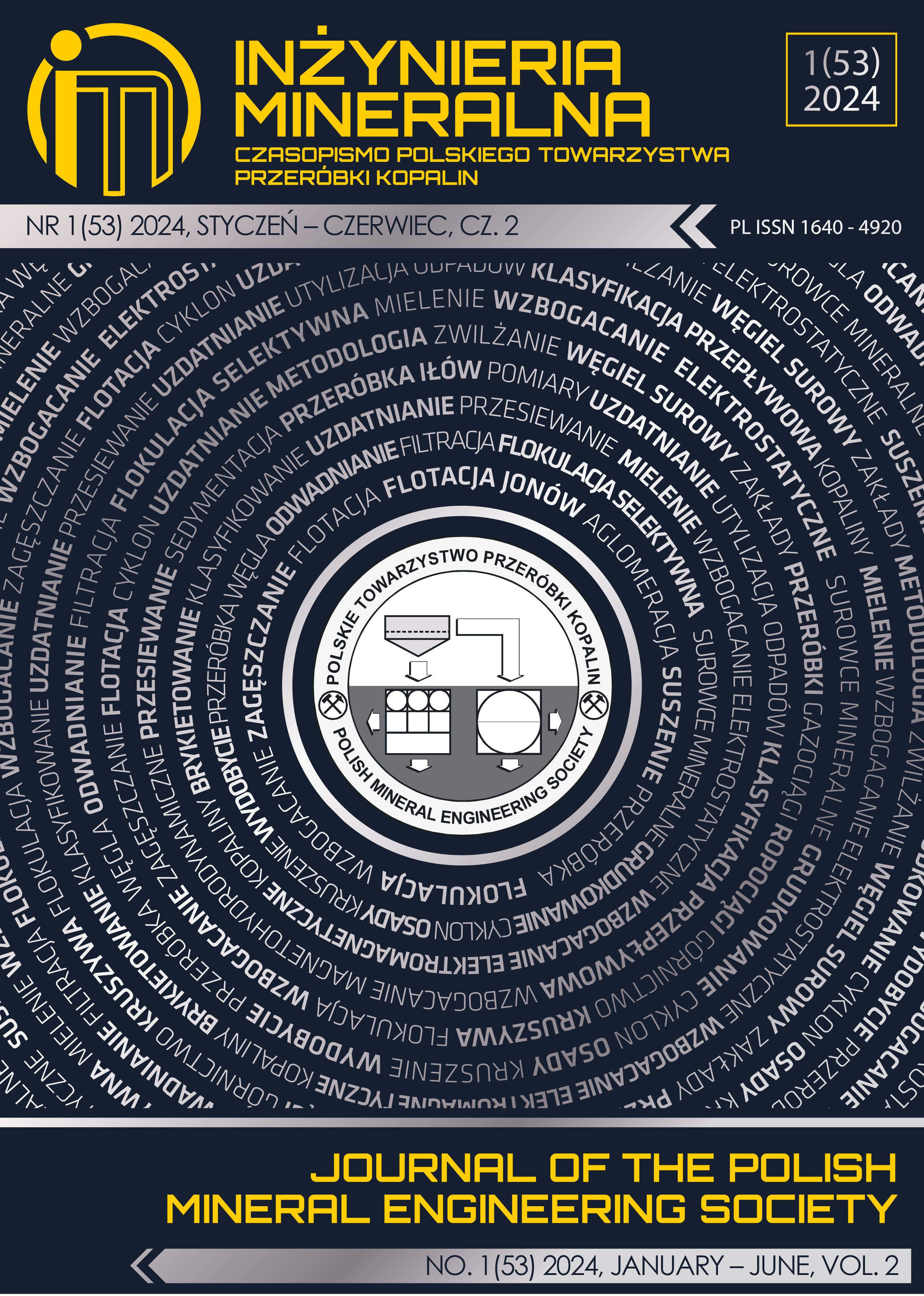The Importance of Relative Slope Length Data in Flood Hazard Zoning: A Case Study of the Ngan Sau, Ngan Pho River Basin, Vietnam
Abstract
Flood modeling provides useful information to assist manage flood hazards and lessen the effects of floods in locations that are
vulnerable to flooding. The present research established flood hazard maps for the Ngan Sau, Ngan Pho river basin using GIS
technology and the Analytical Hierarchy Process (AHP) method. The precision of flood simulation results is dependent on criteria that
cause flooding. The goal of this study was to evaluate the role of relative slope length in flood hazard identification and delineation.
The AHP method was used to determine the respective weights of six physical geography and meteorology factors including rainfall,
slope, soil, land use, drainage density, and relative slope length. In the process of computing the model, these factors are classified into
two groups: group 1 includes five criteria excluding the relative slope length criterion and group 2 has all six parameters. Based on
flood warning levels at hydrological stations in the research area during past floods, the results of flood hazard zoning were verified.
The obtained findings indicated that map developed from the group of criteria including the relative slope length are more accurate
than those generated based on the remaining five factors. The results of the paper can be used as a reference when choosing criteria for
creating flood hazard zoning models utilizing a combination the AHP and GIS technology.
Copyright (c) 2024 Tuyet Minh DANG,Duyen Quang LE,Ba Dung NGUYEN

This work is licensed under a Creative Commons Attribution-ShareAlike 4.0 International License.
This journal permits and encourages authors to post items submitted to the journal on personal websites or institutional repositories both prior to and after publication, while providing bibliographic details that credit, if applicable, its publication in this journal.







.png)
